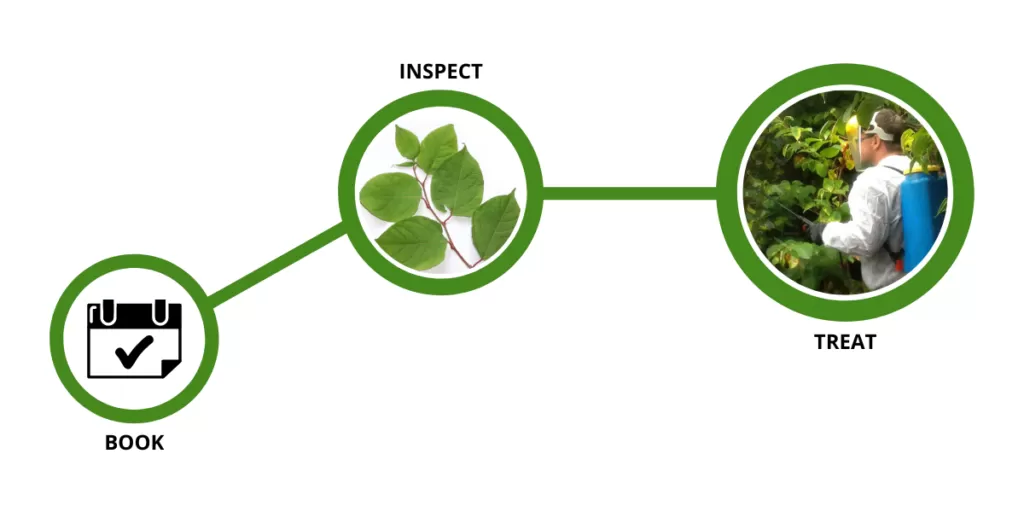Broadleaf dock is of the same family as Japanese Knotweed. It is able to grow in a range of different soil types. Except for the most acidic soil. It spreads very easily, which is why it is classed as an invasive weed. Just like Himalayan Balsam, it spreads easily threw seed dispersion. This happens through a variety of ways such as wind, animals and water. It is commonly found on wastelands, roadside verges, woodlands and gardens. It can quickly spread and can overpower other species. This takes away space, water, nutrients and sunlight from other plants in your garden.

Once the leaves have died back you can be left with very similar stems. Which, is why it can be commonly misidentified for Japanese Knotweed. However, in the growing season, you will notice unlike the heart-shaped leaves of Japanese Knotweed, it has much larger and fluted leaves. The broadleaf dock also lacks the rhizomes which enables Japanese Knotweed to spread quickly.

